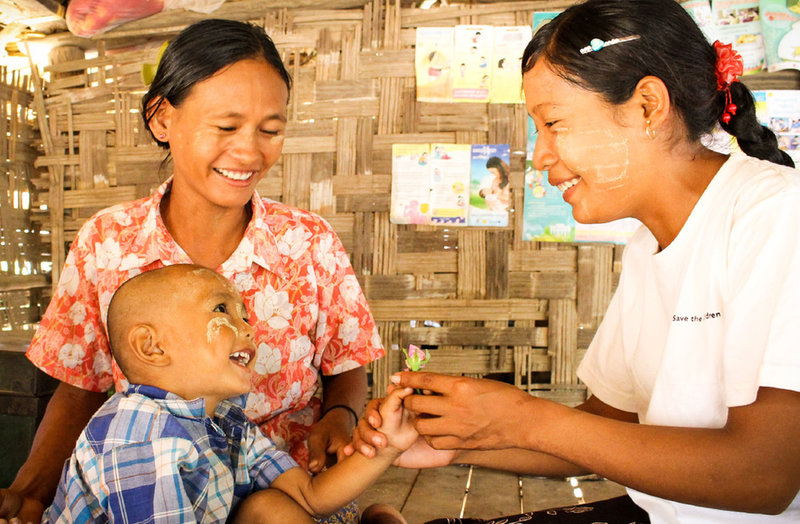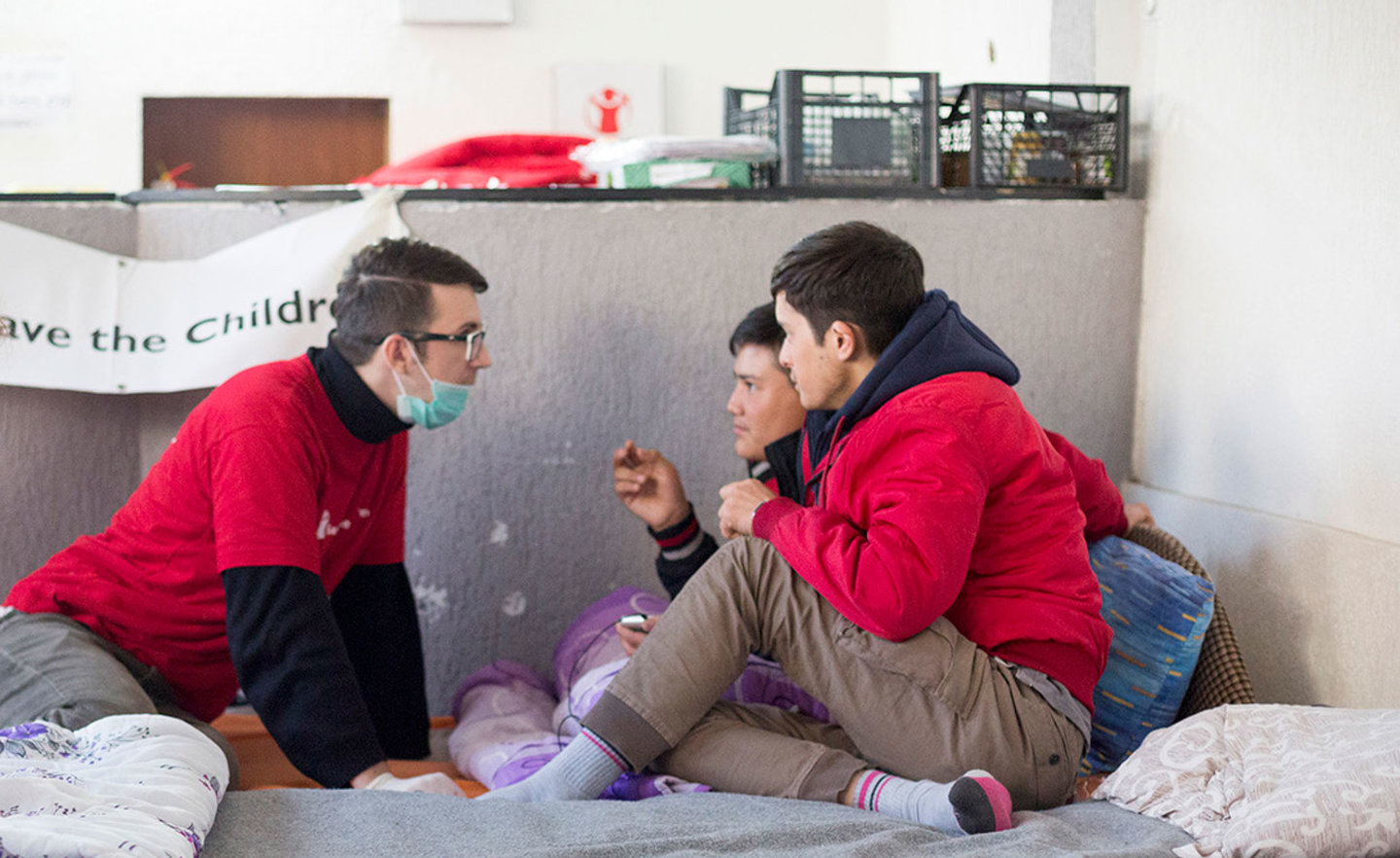Supporting in times of disaster with C&A and Save the Children
We partner with C&A and Save the Children to enable people affected by disasters to be better positioned to lead decent and dignified lives, and to help urban communities become more resilient in the face of disasters and everyday risks.
- Through €10.8 million of funding, we have assisted over four million people worldwide since the partnership began three years ago.
- C&A raises additional funds through in-store and employee campaigns in Europe and Mexico. Since 2015, a total of over €3 million has been raised.

- Our resilience and disaster risk reduction (DRR) work focuses on urban communities in five countries. It aims to increase the resilience of these communities, helping them to be prepared for natural disasters and everyday risks. To date, we have helped Save the Children’s work in 48 informal settlements and 75 schools to build the skills and knowledge of individuals and organisations. Together, we are also working with public and government bodies to help improve and implement policies to address these risks.
Together we have assisted over
four million
people since 2015


Insight
What we've learnt in disaster risk reduction
In 2017, we continued to lead and disseminate research to build evidence in the field of DRR, with a suite of 11 studies. We conducted research in Bangladesh, China, Haiti, India, Indonesia, Nepal, Philippines, Thailand and Vietnam.
Our aim was to understand the best ways to keep schools and urban settlements safe for children and families. This is what we learned.
- Civil society groups are vital to advance school safety policy. Education and disaster management officials are best placed to champion, educate and advance safety policy in their sectors.
- We need evidence. Gathering evidence that disaster impacts education helps to convince policy-makers to invest in safer school facilities and improved disaster management.
- Proximity creates empathy. Local government officials who live in places affected by big disasters and frequent hazards prioritise school safety more.
- Children can influence adults about the impact of disasters, putting risk reduction into action in their communities.
- It’s important to include local authorities. Projects won’t grow without local authority buy-in so build this into project planning.